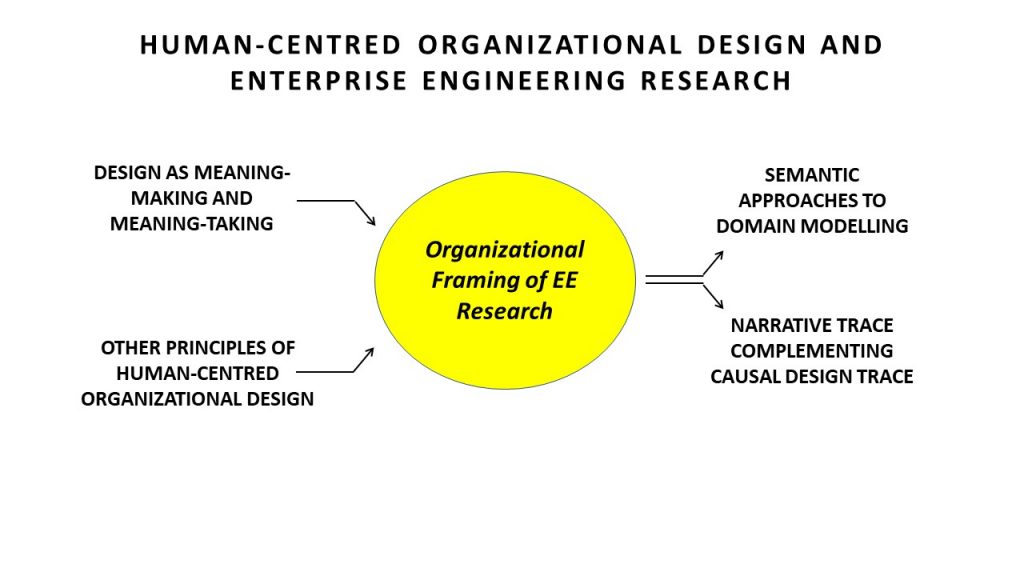Tag: Portugal
SARS-CoV-2 in water: A surveillance tool for infected populations

The presence of land-derived bacteria in the marine environment is an indicator of wastewater contamination and of human health at a population level. However, the survival of human viral pathogens in the marine environment and their use as indicators is poorly understood. Dr Helena Galvão of the University of Algarve, Portugal, investigated the survival of SARS-CoV-2 in environmental waters and […]
Read More… from SARS-CoV-2 in water: A surveillance tool for infected populations
Nanosafety: Looking at the toxicology of nanomaterials

Nanomaterials are small particles that can be found everywhere, including in the air we breathe. Nanosafety is an emerging area of research dealing with the effect of nanomaterials on health and environment. Dr Ernesto Alfaro-Moreno of the International Iberian Nanotechnology Laboratory in Braga, Portugal, has been involved in continued research on the toxicology of nanomaterials. For his latest study, he […]
Read More… from Nanosafety: Looking at the toxicology of nanomaterials
Environmentally friendly ammonia-free preservation and stabilisation of natural rubber liquid latex

Natural latex is the raw material that supplies about half of the rubber production worldwide. Latex is a fragile liquid which quickly decomposes in air shortly after its extraction from trees. Traditional means to avoid decomposition involve the use of additives, including ammonia, that are harmful to the environment and the people handling the material. A team at AFLatex Technologies […]
Sustainable building strategies to combat climate change in Africa

In response to climate change, we often resort to energy-intensive heating and cooling systems to maintain thermal comfort within buildings. However, passive solar systems (which harness solar radiation) and smart building designs (that create optimal indoor conditions) are now being adopted across Africa to reduce energy consumption. Building on previous investigations into passive solar systems and design, Michael Santos and […]
Read More… from Sustainable building strategies to combat climate change in Africa
Social media at night and students’ sleep health: What should we worry about?

University students and social media Social media is an important part of establishing and maintaining relationships for university students. It is used to interact, connect and socialise. So much so that social media is now becoming a part of the students’ sleep routine. In fact, the use of social media at night while in bed (and even when trying to […]
Read More… from Social media at night and students’ sleep health: What should we worry about?
Accounting for biogeographical ignorance within biodiversity modelling

Biodiversity data can be analysed to predict species distribution at various scales of time and space. However, survey completeness and temporal decay in data quality introduce uncertainty into biodiversity models. Researchers Joaquín Hortal, Juliana Stropp (National Museum of Natural Sciences, Spain), Richard Ladle (University of Porto, Portugal), and Geiziane Tessarolo (State University of Goiás, Brazil), among others, are constructing the […]
Read More… from Accounting for biogeographical ignorance within biodiversity modelling
Optimising solvent extraction for metal recycling

The platinum-group metals play a central role in several technological applications including fuel cells, electronic devices, and catalysts for oil refining and automobile converters. Owing to the scarcity of these metals, methods for their recycling from end-of-life devices are in increasing demand. Hydrometallurgy, which exploits the ability of specific molecules to selectively dissolve metal ions and separate them from unwanted […]
Read More… from Optimising solvent extraction for metal recycling
Human-centred design as the way forward for organisation design and enterprise engineering

The roots of EE research can be found in the work of The Society of Enterprise Engineering, starting from a definition of enterprises as “systems of processes that can be engineered both individually and holistically” (Liles et al., 1995). In Europe, the DEMO (Dynamic Essential Modelling of Organizations) methodology has been presented as being part of the foundations of the […]
Conveyor belts of the Atlantic Ocean: Moving particles, organisms and litter around the globe

Ocean currents are a conveyor belt spanning the entire globe; they are transporting minerals, nutrients, organisms and other particles across vast distances. However, the full extent of the roles played by these flows is still poorly understood. Dr Rui Caldeira, Director of the Oceanic Observatory of Madeira in Portugal, and his collaborators Dr Iria Sala, Cláudio Cardoso and Maria João […]
New ways to assess stress in fish are urgently needed in aquaculture

With an increasing demand in fish products, aquaculture is fast becoming a main priority towards achieving sustainable fish production. In this context, an accurate and consistent way to evaluate fish stress levels is essential to ensure high standards of welfare. Dr Pedro Miguel Rodrigues and Msc Cláudia Raposo de Magalhães, based at the University of Algarve, CCMAR, Portugal, believe current […]
Read More… from New ways to assess stress in fish are urgently needed in aquaculture